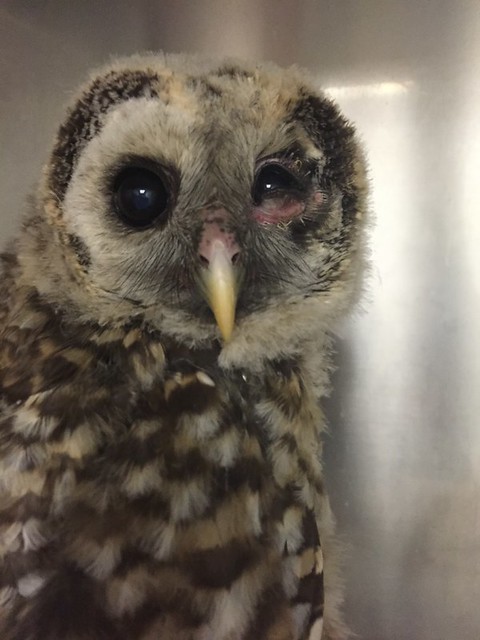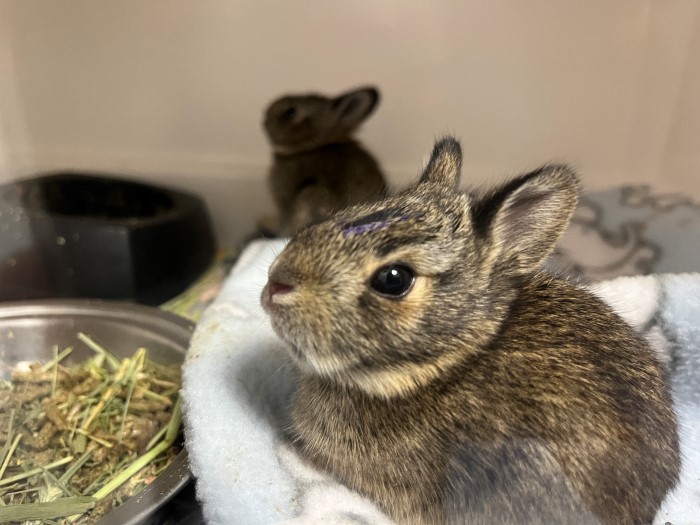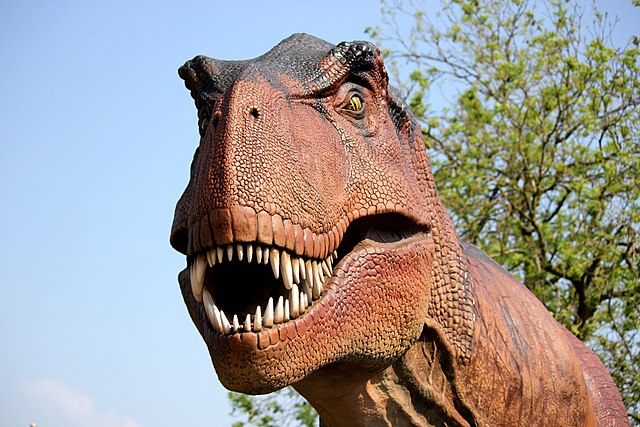Alissa Mones, VM17

As a student who has volunteered in the Wildlife Medical Clinic as both a team member and a team leader, I have seen several cases pass through our clinic. One particular patient stands out in my mind, because it was my first case as a team leader. A fledgling barred owl presented to the WMC in early April with an avulsion (traumatic detachment) of both the top and lower eyelid of his left eye. Upon further examination with the University of Illinois ophthalmology service, an abscess was also present in the affected eye. We had discussed removal of the eye, since owls are still releasable if they only have one functional eye. As it turns out, owls rely mainly on their keen sense of hearing to hunt at night instead of vision. We decided to try to save the effected eye rather than remove it in order to give the owl the absolute best prognosis for release. The next day, the ophthalmologists performed surgery to attach the eyelids. Our team immediately started aggressive treatment with topical anti-inflammatory and antibiotic eye drops 4x daily. The owl also received systemic anti-inflammatories and antibiotics, as well as fluid therapy. Another challenge to this patient’s treatment plan was the need to feed him twice daily while reducing our interactions to prevent imprinting. Young birds are considered imprinted when they become comfortable around humans, and willingly approach us for food. This is an undesirable trait for wildlife, because we never want to encourage interaction between humans and animals in the wild, for the safety of all. To avoid imprinting, our team used feeding puppets to feed the patient as well as to administer medications. Two weeks later, we had another consult with ophthalmology – this time they said the abscess had cleared up, and that the patient appeared to have vision in that eye! Our team was excited to see how our diligence and persistence in caring for this animal became a success. The patient was released in June of last summer, making all of our hard work worthwhile.
Check out these videos of the patient during feeding and tracking the camera before release:



